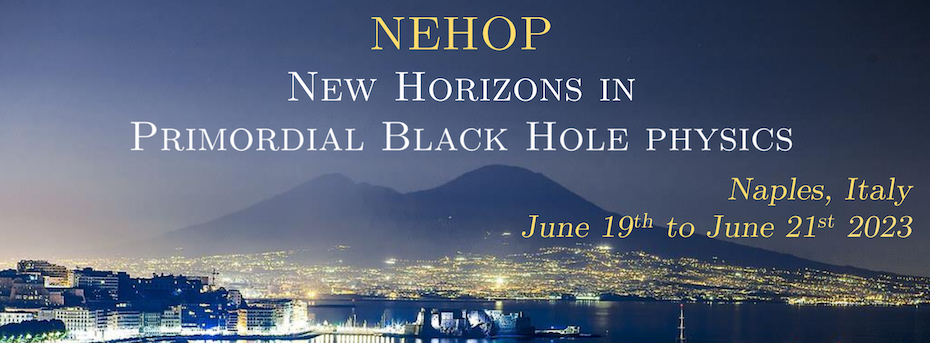Speaker
Description
Gravitational waves can probe the existence of planetary-mass primordial black holes. During their inspirals, these systems will emit gravitational-wave radiation that can be simply described as coming from quasi-Newtonian orbits. Considering a mass range of 10-7 to 10-2 solar masses, we show that gravitational-wave signals from these systems could be quasi-monochromatic and quasi-infinite, i.e. continuous gravitational waves, or follow a power-law frequency evolution and last O(hours-months), i.e. transient continuous gravitational waves. We adapt methods originally designed to detect asymmetrically rotating neutron stars to search for primordial black hole inspirals, and present forecasts of the constraints on the fraction of dark matter that primordial black holes could compose for current and future detectors, and place the first upper limits on asteroid-mass primordial black holes using LIGO/Virgo O3 data. Our methods can probe a large portion of the mass parameter space for primordial black holes with relatively good sensitivity, especially in future detectors.

